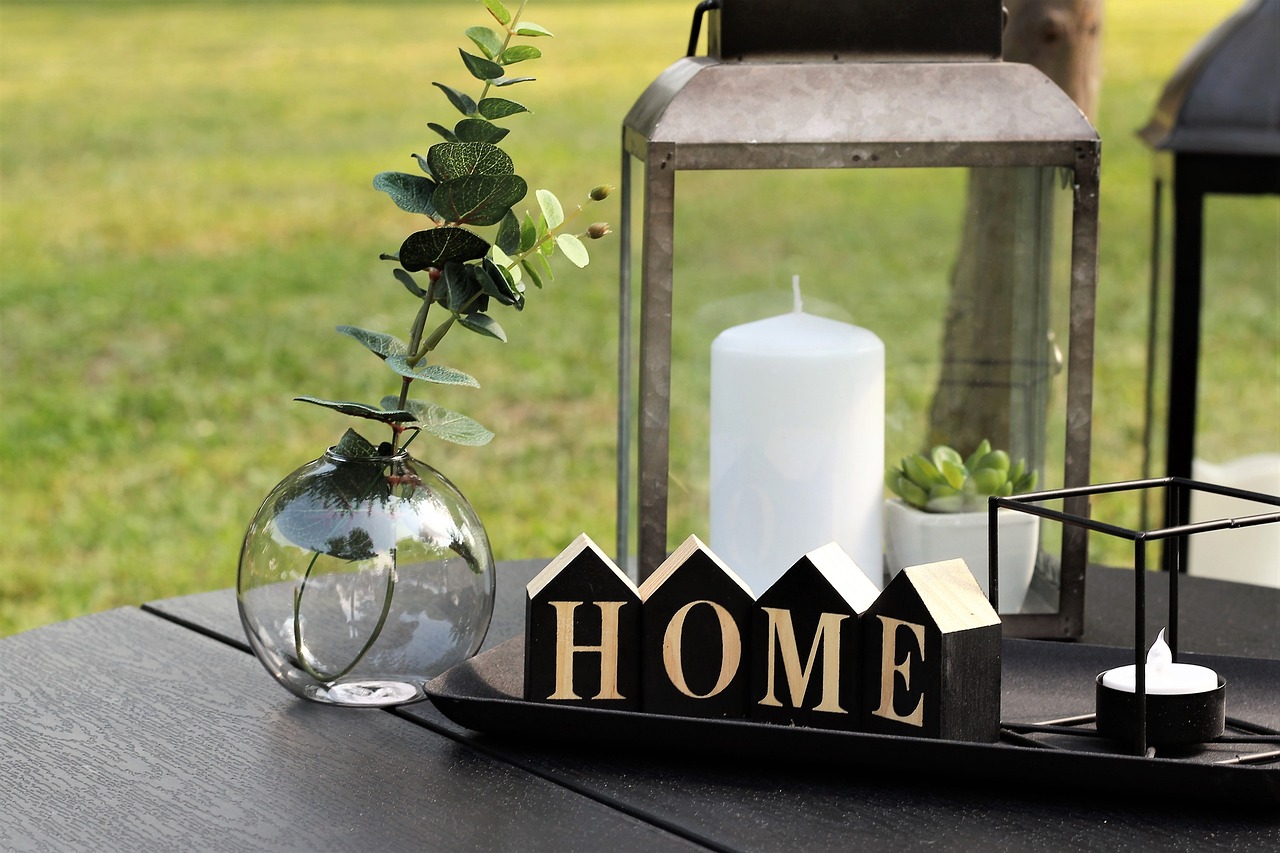Designing a Home with a Scandinavian Aesthetic
Scandinavian design embodies simplicity, functionality, and minimalism, drawing inspiration from nature and the Nordic landscapes. This design style emphasizes clean lines, neutral color palettes, and an overall sense of calm and tranquility. Furniture and decor in Scandinavian design often feature a combination of natural materials such as wood, leather, and stone, creating a warm and inviting atmosphere in any space.
One key aspect of Scandinavian design is the concept of “hygge,” which promotes coziness, comfort, and a feeling of contentment. This design philosophy prioritizes creating inviting and intimate spaces that encourage relaxation and well-being. By incorporating natural light, organic textures, and a sense of harmony with nature, Scandinavian design principles aim to bring a sense of serenity and balance into our homes and everyday lives.
Incorporating Natural Elements
When it comes to infusing natural elements into your living space, Scandinavian design principles offer a wealth of inspiration. One key aspect of this design aesthetic is the use of natural materials such as wood, stone, and leather. These elements not only add warmth and texture to a room but also create a sense of connection to the outdoors.
Incorporating greenery and plants into your decor is another effective way to bring the outdoors inside. Scandinavian design often features simple, minimalist plant arrangements that add a touch of freshness and brightness to a room. Whether it’s a small succulent on a windowsill or a large fiddle leaf fig in a corner, plants can help create a tranquil and harmonious atmosphere in your home.
What are some key principles of Scandinavian design?
Some key principles of Scandinavian design include simplicity, minimalism, functionality, and an emphasis on natural elements.
How can natural elements be incorporated into interior design?
Natural elements can be incorporated into interior design through the use of materials such as wood, stone, and plants. Additionally, bringing in natural light and incorporating earthy color palettes can also help create a connection to nature.
Why is incorporating natural elements important in design?
Incorporating natural elements in design can help create a sense of warmth, tranquility, and harmony in a space. It can also help promote a connection to the outdoors and create a more inviting and comfortable environment.
Are there any specific tips for incorporating natural elements into a home?
Some tips for incorporating natural elements into a home include using sustainable materials, incorporating indoor plants, utilizing natural textures like wool or linen, and opting for furniture pieces with organic shapes or forms.






